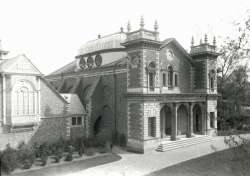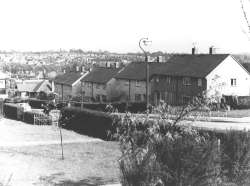History of Cray Valley
The river Cray rises in the Priory gardens and flows north through St. Mary Cray (historically South Cray), St. Paul's Cray and on through Foots Cray and Crayford to join the Darent north of Dartford. The name appears to mean clear and fast flowing stream although "the river that often floods" is another possibility.
Historically South Cray was an important settlement, the only one locally apart from Bromley to have a medieval market. St Paul's Cray was smaller but both were industrialised by the early 19th century, the fast flowing stream in a wooded valley being an ideal site for paper production. For the first few years after the opening of the railway the main traffic was goods serving the local mills, the station being sited on the borders of St. Mary and St. Paul's Cray.
The area was late to develop as a residential centre and when it did, in the early twentieth century, it was mainly as overspill public housing for Orpington and Sidcup.
The main development occurred after the Second World War with the building of the London County Council estate at St. Paul's Cray, developed during the 1950's contemporaneous with the smaller Chislehurst and Sidcup estate at Paul's Cray Hill. These were followed in the 1960's by another council development, south of the railway around Okemore Gardens which included two tower blocks, Horton and Alkcam Towers.
Subsequent changes have been of the infill type, often being the replacement of an estate pub or school with more housing.








